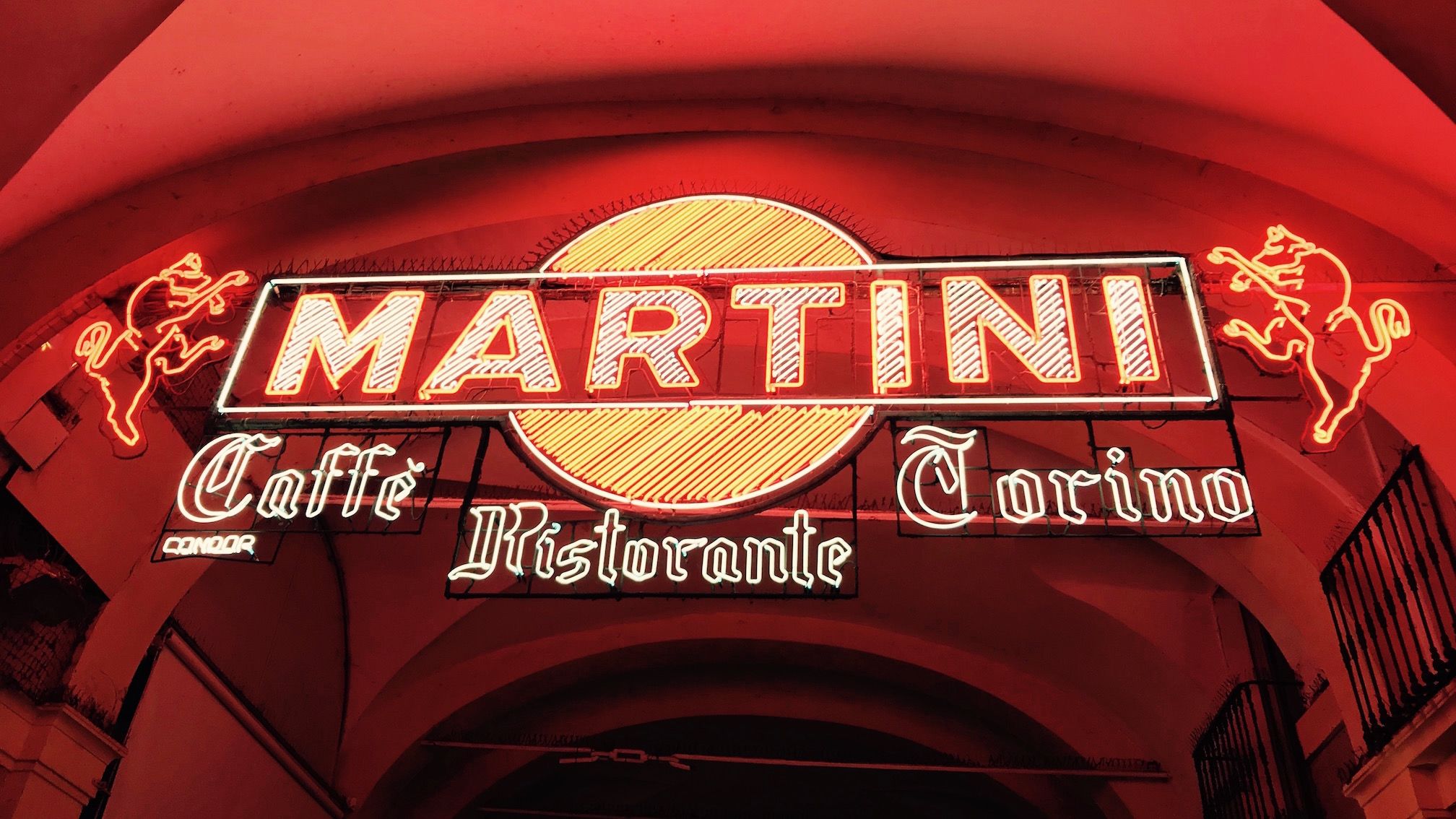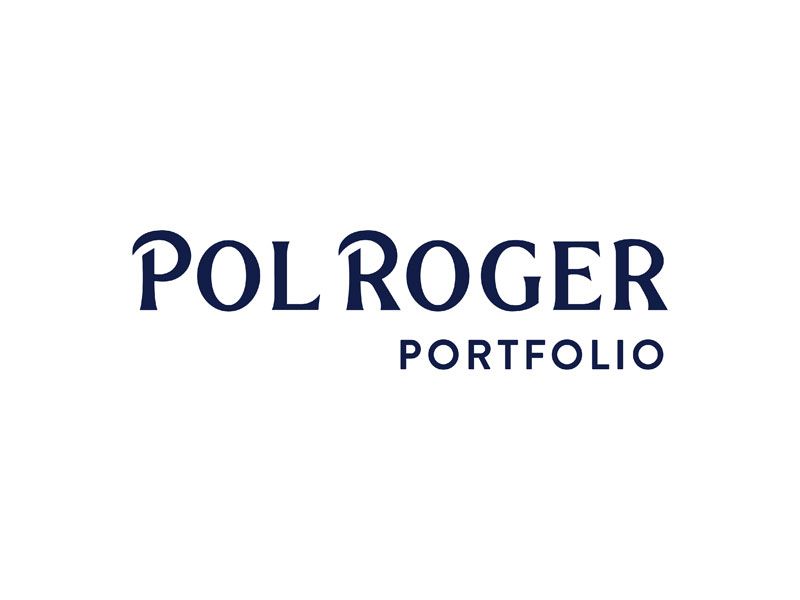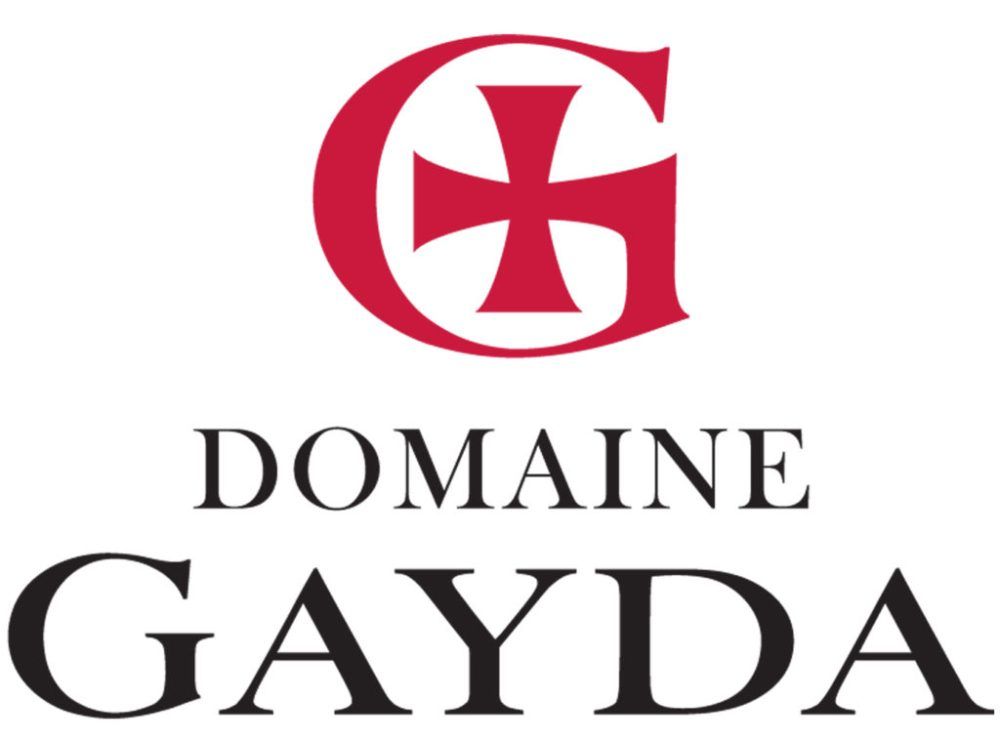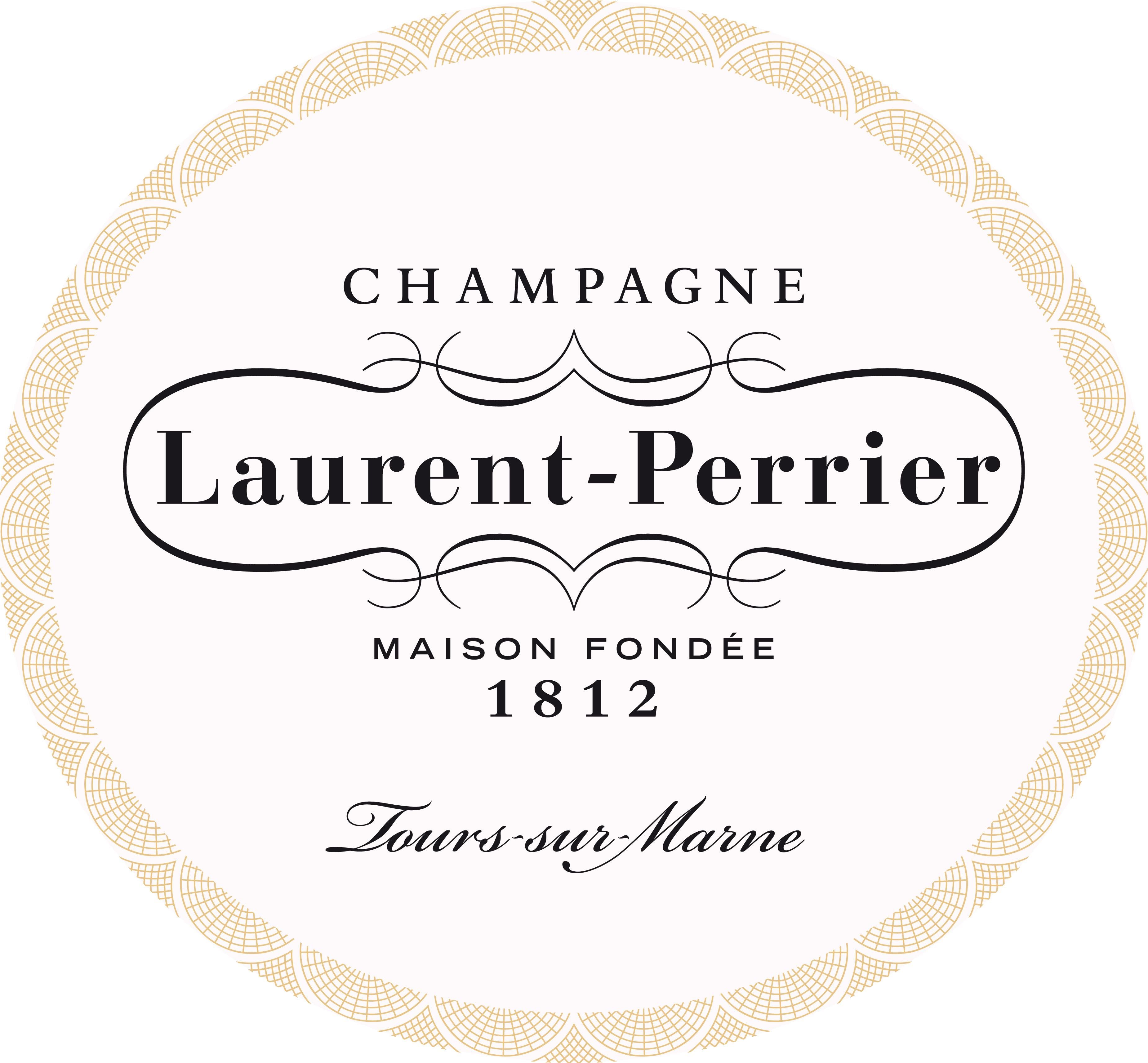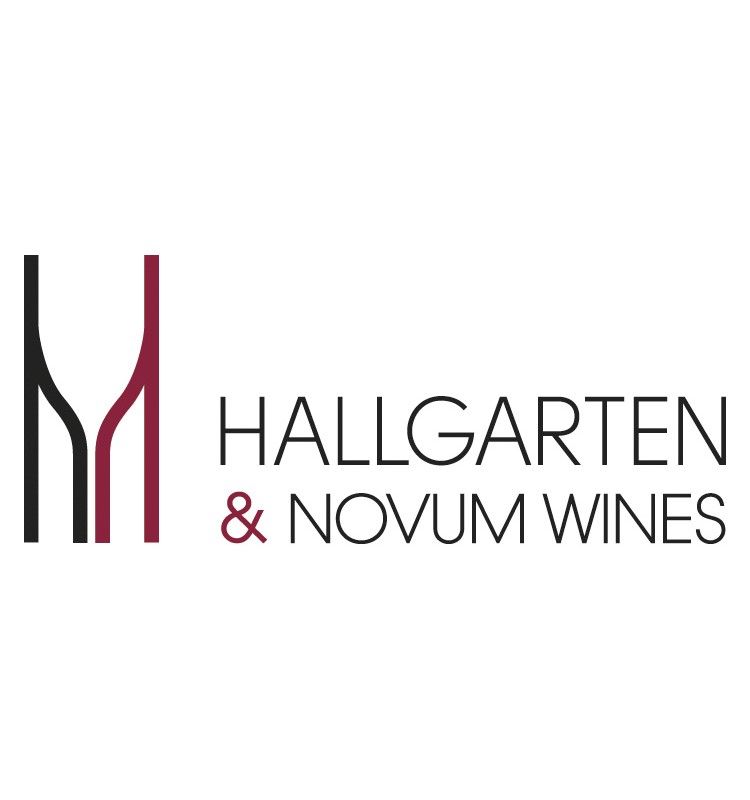The Martini model is very much the Old World model of cooperatives.
What’s your immediate thought when you think of Piedmont?
Most wine lovers out there will automatically cast their minds towards the so-called King and Queen of Italian reds, Barolo and Barbaresco. These small areas, comprising eight small villages between them, are the zenith of the often awkward Nebbiolo grape, producing world class wines that will happily sit collecting dust in your cellar as they age towards perfection.
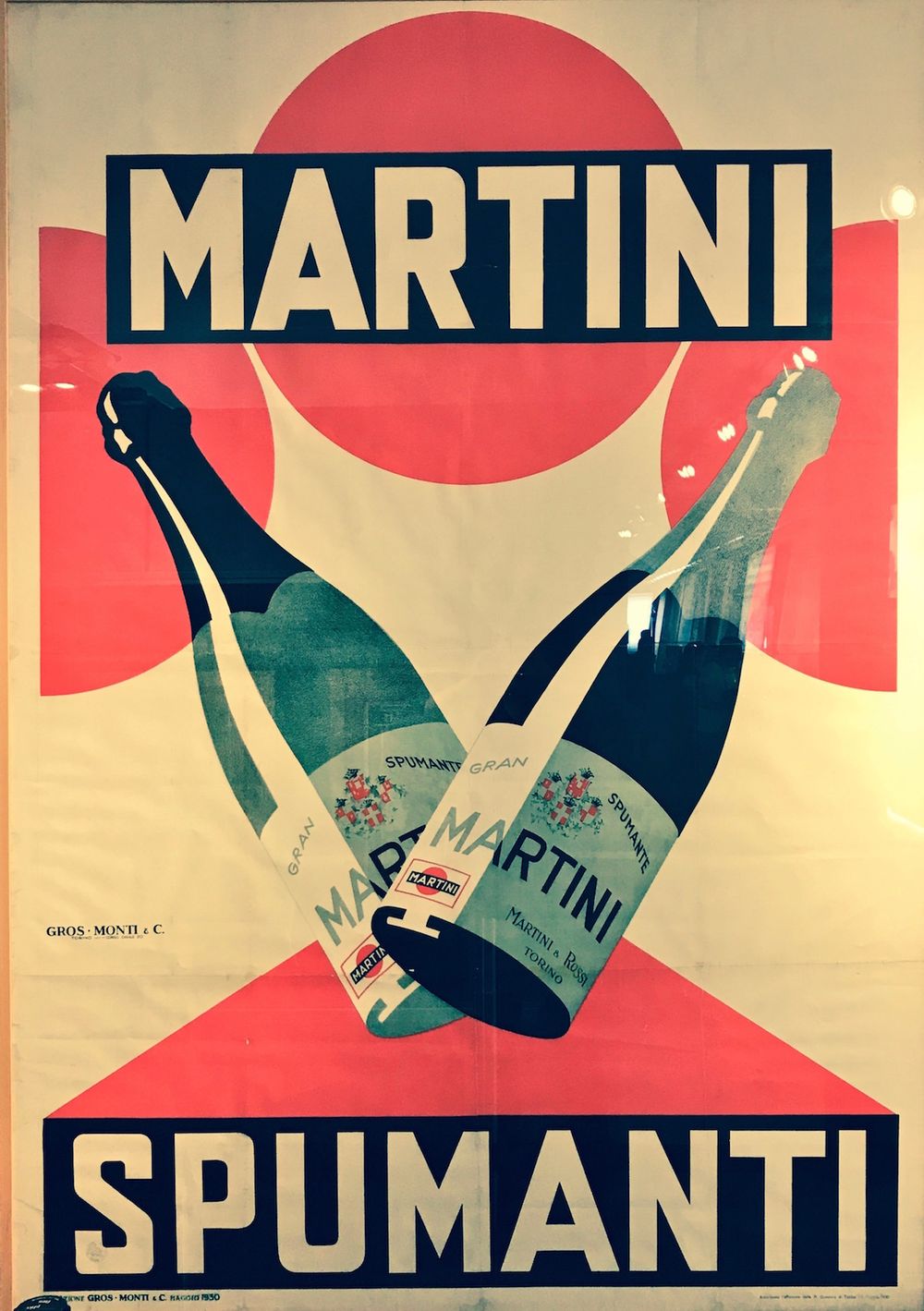
The ticking time piece of the wine industry, however, isn’t the high end. To this day, Piedmont’s main export is red wine from Barbera, and – most distinctively – the sweet bubbles of Asti Spumante and Moscato D’Asti. The latter has a terrible reputation in the UK, often seen as cheap and nasty and lacking in sophistication. But I’m a massive fan, and a recent trip out to see the impressive plant at Martini only served to reconfirm my feelings.
Whenever you mention the name Martini round these parts, you get reactions. The family, the brand, the spin-offs, they’ve all dominated Piedmont bars, restaurants, and dinner tables ever since Alessandro Martini and Luigi Rossi launched the classic vermouth in 1863.
The Pessione plant, just outside of the region’s capital Torino, is the beating heart of everything they do. It’s a production facility, it’s a welcoming meeting place, and it’s also one of the best drinks museums in Italy (definitely worth a visit if you’re ever in that part of the world).
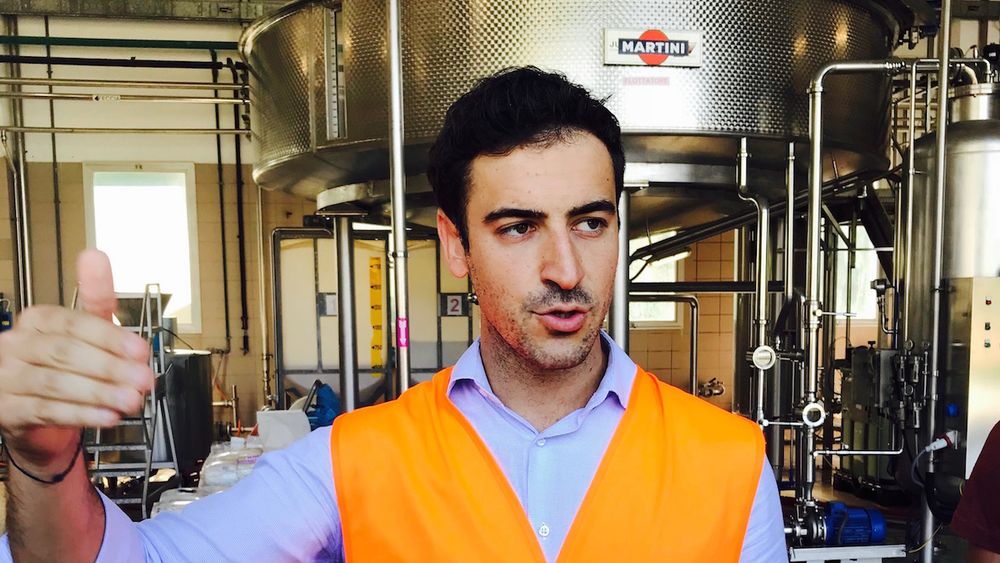
Winemaker Marco Boero – skilfully weeding out vintage variation
But it’s further south, in between the truffle-famous towns of Asti and Alba, that the wine arm of Martini is based. This is the Belbo Valley. Often known as “Piedmont’s Dirty Secret” as it’s home to cooperative giants such as Sant’ Orsola, Capetta, and Toso who churn out millions of bottles of Barbera and Dolcetto for the various pizza and burger joints round the world.
Further down the valley floor, the other side of the town of Santo Stefano Belbo, lies Martini’s main Asti Spumante plant.
We arrived half way through harvest and were witness to truck upon truck arriving from over 300 contracted growers, and emptying their tonnes of Moscato Bianco into the processing machines. It’s all too easy to dismiss it as ‘mass market crap’ for the punters. But it’s nowhere near as simple as that.

Wine Operations Manager, Giorgio Castagnetti: pushing over 300 growers towards sustainability is no mean feat
Martini is a brand and that comes with responsibilities. Winemaker Marco Boero is mature beyond his years. He’s a young lad (well younger than me anyway, so I would say that) with a clear passion for his job. Sure, this is a wine factory, but that doesn’t mean that the grapes aren’t well looked after through the process, and the juice isn’t carefully stored until fermentation. The skill of weeding out vintage variation in a branded product is one that is often overlooked in the wine world, but it’s one these guys are now past masters at.
If I’m completely honest, my big issue with large brand wineries is not the wine they produce, it’s where they get their grapes from. Without naming names, the large-scale desertification of swathes of the Riverina and Murray Darling basin in Australia, and Central Valley California should have certain people in jail and certain brands wiped off the map. Just saying!
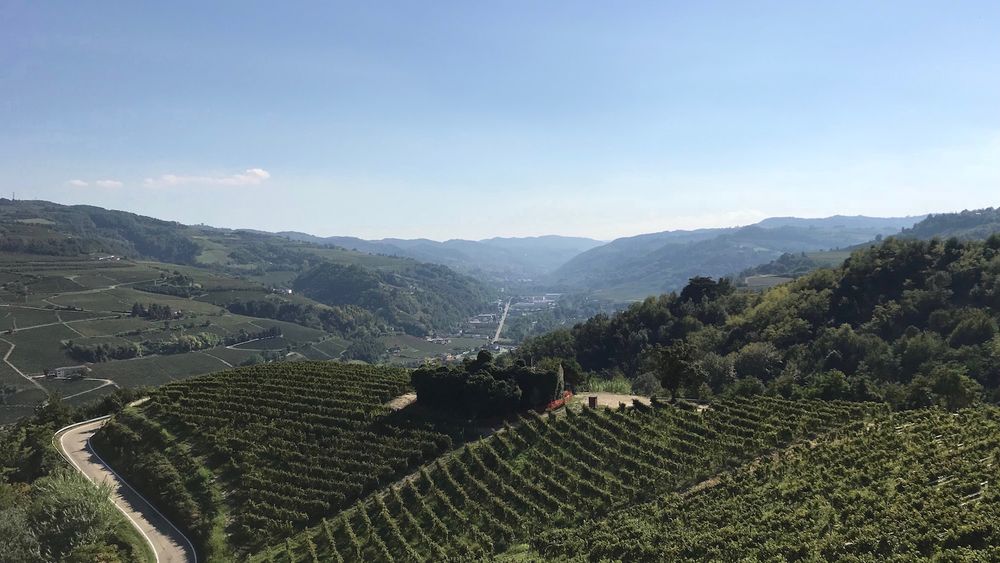
But the Martini model is very much the Old World model of cooperatives. The 300-plus growers on the valley floors and hillsides are relatively independent, but can count on the support and advice of the Martini parent, covered in the main by Wine Operations Manager, Giorgio Castagnotti. In a land where old habits die hard, they are pushing their growers towards sustainability, no mean feat in these parts.
Without the work of Martini, pushing the name of Asti round the world, the smaller, family winemakers of the region wouldn’t find it quite so easy to sell their higher end Moscato D’Asti DOCG. To see these guys and girls embrace the wine, rather than be embarrassed by it is massively encouraging. Anyone who’s ever tried Gianni Doglia’s single vineyard Casa Di Bianca will never ignore Moscato D’Asti again!
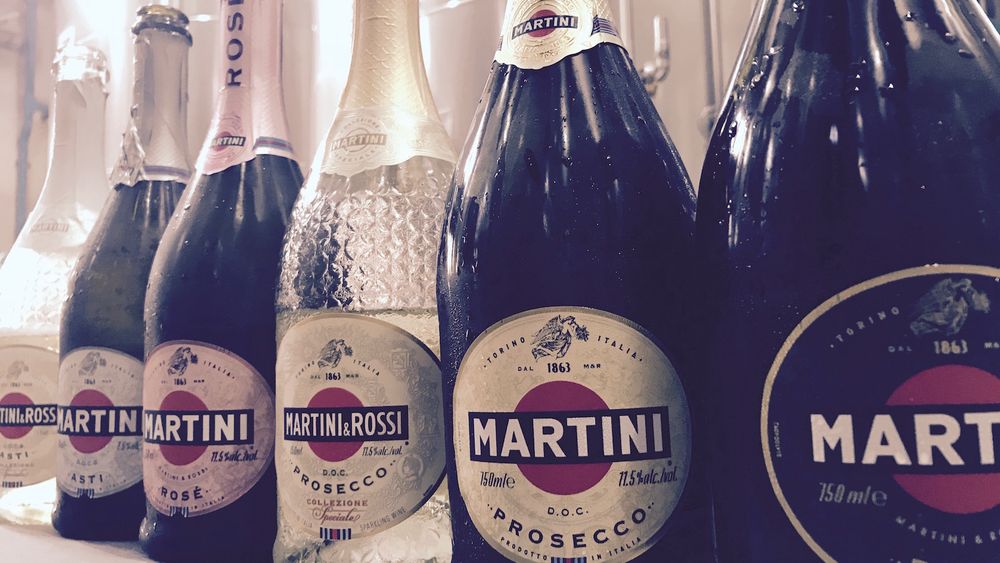
But back to Asti Spumante. Sales are flying globally and, in a world of people clambering for low-alcohol alternatives, this 5% wonder is doing the business. But there’s still a stigma in the UK to a certain extent. We all know the product itself: light, floral, grapey, with sweet bubbles, low in alcohol, easy to drink. What more’s to be said?
Well the issue, as ever with these kinds of slightly different wines, is the way we drink them. My parents used to crack open the Asti Spumante as a celebration drink in the 1970s and 1980s when Champagne was too expensive. It was seen as a cheap alternative, which is missing the point entirely.
I remember the first time I went to Piedmont, I loved it so much that I was ordering a glass with my meals. It didn’t take long for the looks of horror from waiters and chefs to make me realise this was not a perfect pairing for my carne crudo.
What Asti Spumante (and Moscato D’Asti) is, in my humble little opinion, is a perfect afternoon tea tipple. Get the cakes on the go, get the biscuits out, and (if you have them) the baci. Chill down the wine to somewhere in between 5 and 8 degrees, pop in a couple of ice cubes if you like, and just enjoy the sunshine with your mates.
It’s a simple pleasure of life, not necessarily a whole heap more, but definitely nothing less.
Cheers

Yeah Mike, we remember our first alcoholic drink!
